

SHIPWRECKS dating as far back as two millennia have been discovered to be entombed in an ancient riverbed. If you turn back the clock to 535 BC, the vast swathes of lush greenery before your eyes will remarkably transform into a thriving, industrious landscape dotted with dozens of iron smelting factories, at least 12 well established jetties and many more well-planned administrative buildings. It’s a remarkably incongruous visage of one of the oldest civilisations in the world.
If you’re now thinking that this is a recently discovered lost civilisation in the dense tropical jungles of the Yucatan Peninsula or South America, built by either the fearsome Mayans or Aztecs, well think again. This latest ground-breaking discovery predating many well-known ancient civilisations is found right here in our very own backyard. To be exact, it’s located in Malaysia’s northern state of Kedah.
Armed with these tantalising facts related to me recently by a friend, I make my way to the main entrance of the Sungai Batu archaeological site. I’m excited and ready to see for myself the many amazing discoveries that are set to rewrite history textbooks in the near future.
Acting on my friend’s advice, I quickly sign up for a guided tour that costs only RM10 for locals. The tour, conducted by graduate students of Universiti Sains Malaysia (USM), allows visitors access into many key areas within the excavation complex which currently houses nearly 100 excavated sites. Be forewarned that most of these important sites are off-limits to those who opt for free access to the area.
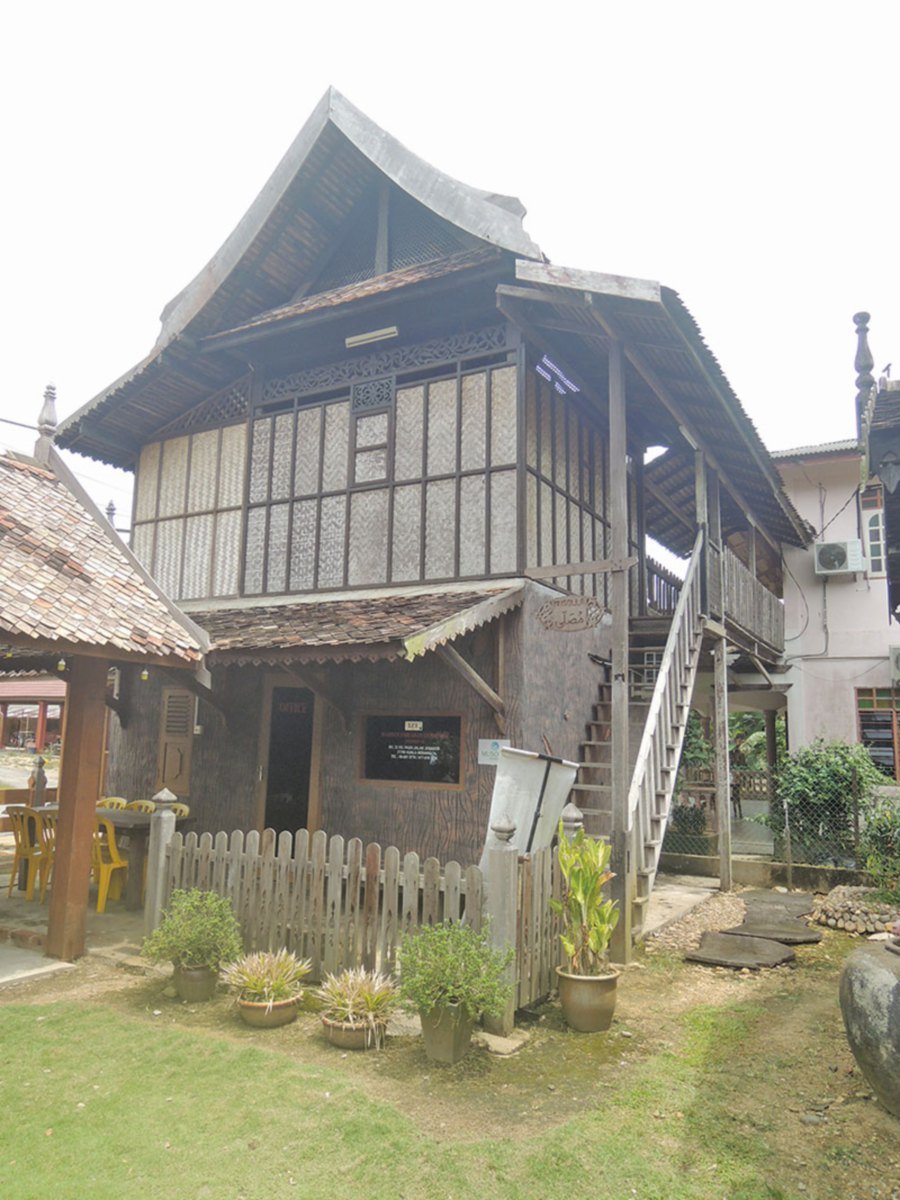
“USM staff have to be present at all times to maintain the integrity of these priceless sites,” explains Ratna Wati Muhammad Rapi who, along with Siti Nurul Siha Mohamad, both aged 31, are our experienced guides for the tour.
“We still have many unanswered questions pertaining to this place. Who were the people living here? Where are their burial grounds? What led to the rise and fall of their civilisation? We are hoping the clues can be found in the ground and as such, we need to monitor this place very closely,” says Ratna as our group walks towards several excavated sites located close to the main entrance.
Our guides tell us that no one realised Sungai Batu’s significance until the remote sensing data were scrutinised back in 2009. Once Sungai Batu’s importance was established, there was no turning back for both the archaeologists and graduate students from USM’s Centre for Global Archaeological Research (CGAR). Since then, this sleepy part of central Kedah has seen scientists turning up in full force to conduct systematic and detailed studies in the hopes of unearthing its many buried secrets.
“Based on carbon-dating results, we’re certain that the civilisation here had already been in existence since 535 BC! This makes Malaysia’s Sungai Batu, Southeast Asia’s oldest civilisation. Earlier in fact, than even Borobudur in Java (9th century AD) and Angkor Wat in Cambodia (12th century AD),” Ratna proclaims proudly.
The religious history of Sungai Batu is no less interesting. The ancient civilisation, says Ratna, probably initially practised animism. Pointing to a large religious monument nearby, she adds: “The ancients built this monument facing Gunung Jerai, the highest point in the Kedah plains. Evidently, they were worshipping the mountain spirits.”
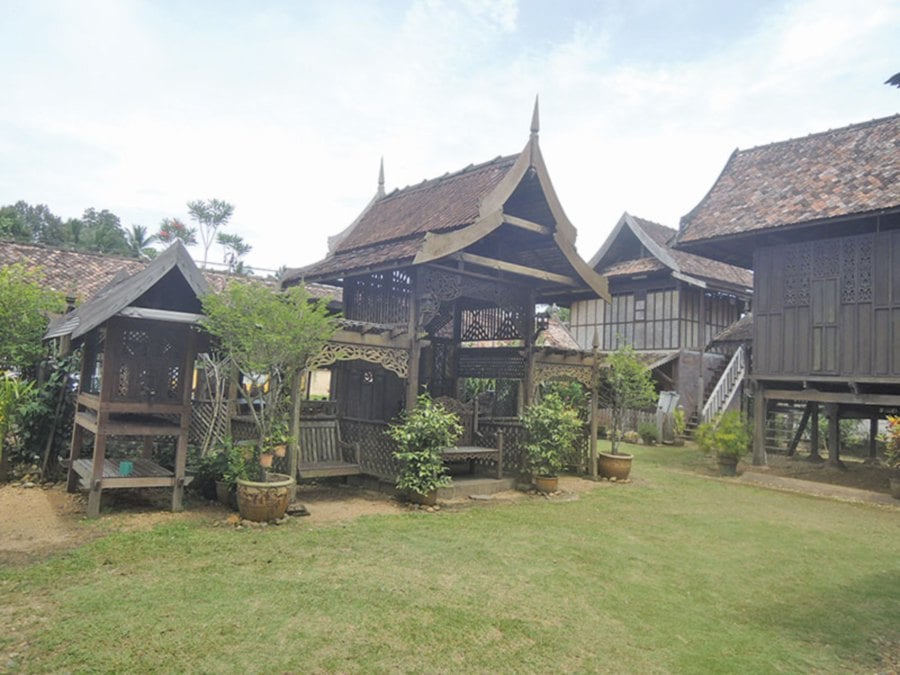
By the 6th century AD, life in Sungai Batu underwent a monumental change when foreign merchants calling at this great Kedah port brought with them the Hindu-Buddhist religion. However, apart from signs of the existence of a stupa, archaeological activities in Sungai Batu have yet to uncover any other Hindu or Buddhist relics so far!
Ratna reveals that the researchers also have not come up with a name for Sungai Batu’s advanced ancient civilisation yet. “Our work is still in its infancy. For now, we are calling this place Kedah Tua until we’re able to ascertain the type of kingdom that was here in the past,” remarks the Sabah lass while leading our group towards a tiny stream running parallel to the edge of an oil palm plantation.
At this point, Siti announces that the ground we’re standing on was once an ancient river — a waterway so huge that some 2,000 years ago, merchant ships could sail all the way up here from the coast. The excavation sites dotting the periphery of the stream mark the ancient ship-landing sites or jetties. She discloses that the river’s disappearance was largely attributed to soil erosion and siltation over thousands of years.
We also notice the remains of several buildings scattered between the jetties. Archaeologists speculate that these buildings once functioned as administrative centres as well as storage areas. Evidently, the society at that time was very complex and the buildings reflected that complexity with each containing individual rooms separated by vertical barriers as well as varying floor levels.
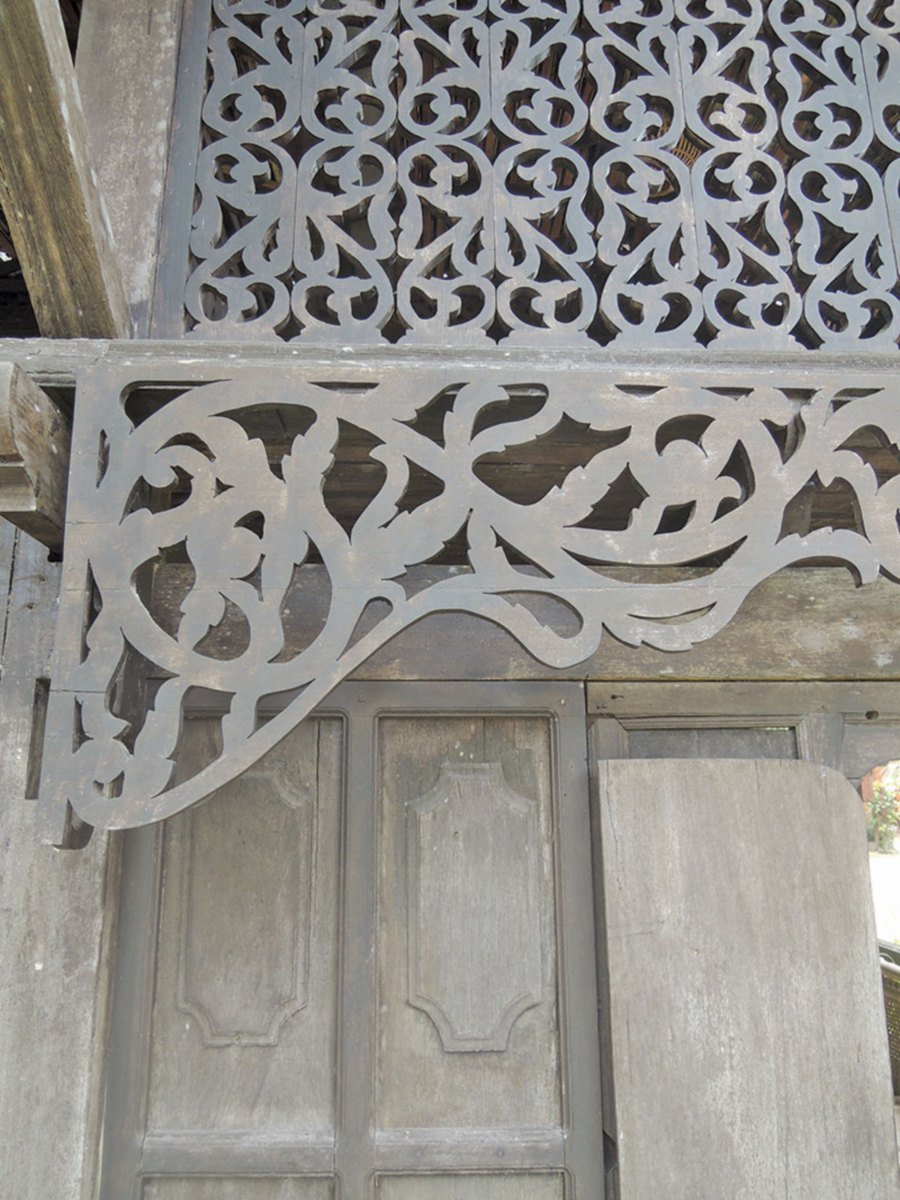
Our guides become visibly excited when we approach a small pond. “This section represents the deepest part of the ancient river. USM archaeologists once pumped this section dry and managed to recover an ancient ship’s mast. A study conducted on the riverbed at that time revealed that there are at least five intact shipwrecks buried deep beneath the sediments. Unfortunately, the excavation met with a premature end when the exposed sides of the river bank started to give way. We had to let the water back in,” recounts Ratna while admitting half-wistfully her hope that the entombed vessels could be recovered once the proper technology has been acquired.
Our group then crosses the newly constructed Merbok-Semiling road which intersects the archaeological site into two separate sections. The scene across the road contrasts greatly from what we’ve seen earlier. While the previous landscape was dotted with many large open-sided sheds covering the excavated sites, this area contains more oil palm trees and relatively fewer excavation areas.
Noticing our fascination with the contrasting conditions, Ratna tells us that the section we saw earlier was the first to be excavated. “This entire 70-acre site was actually an oil palm estate until it was acquired by Jabatan Warisan Negara. Work on this part of the road started much later. This is why you see more trees here,” she explains with a grin while leading us along a narrow track to the place where the iron smelting areas were uncovered.
As we walk, we’re told that ancient Kedah was known by a series of different names like Kadaram, Kataha and Cheh-cha. Research conducted reveals that these names in various different languages all refer to the same substance — iron. This is indeed an amazing revelation for our group. Kedah, known as the rice-bowl of the country had another thriving industry in Bujang Valley — producing high grade iron!
“The society was so advanced that they possessed both knowledge and capabilities to mine and smelt iron. This is particularly remarkable because iron melts at very high temperatures, around 1,600° Celsius,” Siti points out while directing our attention towards a large pile of short earthen nozzles through which air is blown into the funace or hearth used to melt iron ore.
“Each one of these is called a Tuyere. It’s named after a French town from where it was first discovered. The French archaeologists there only managed to find 20 pieces during their dig. Over here, we’ve unearthed millions! Furthermore, ours is definitely much older. If only Sungai Batu had been discovered earlier, then perhaps this device would be known worldwide with a Malaysian name!” Siti says with slight regret in her voice.
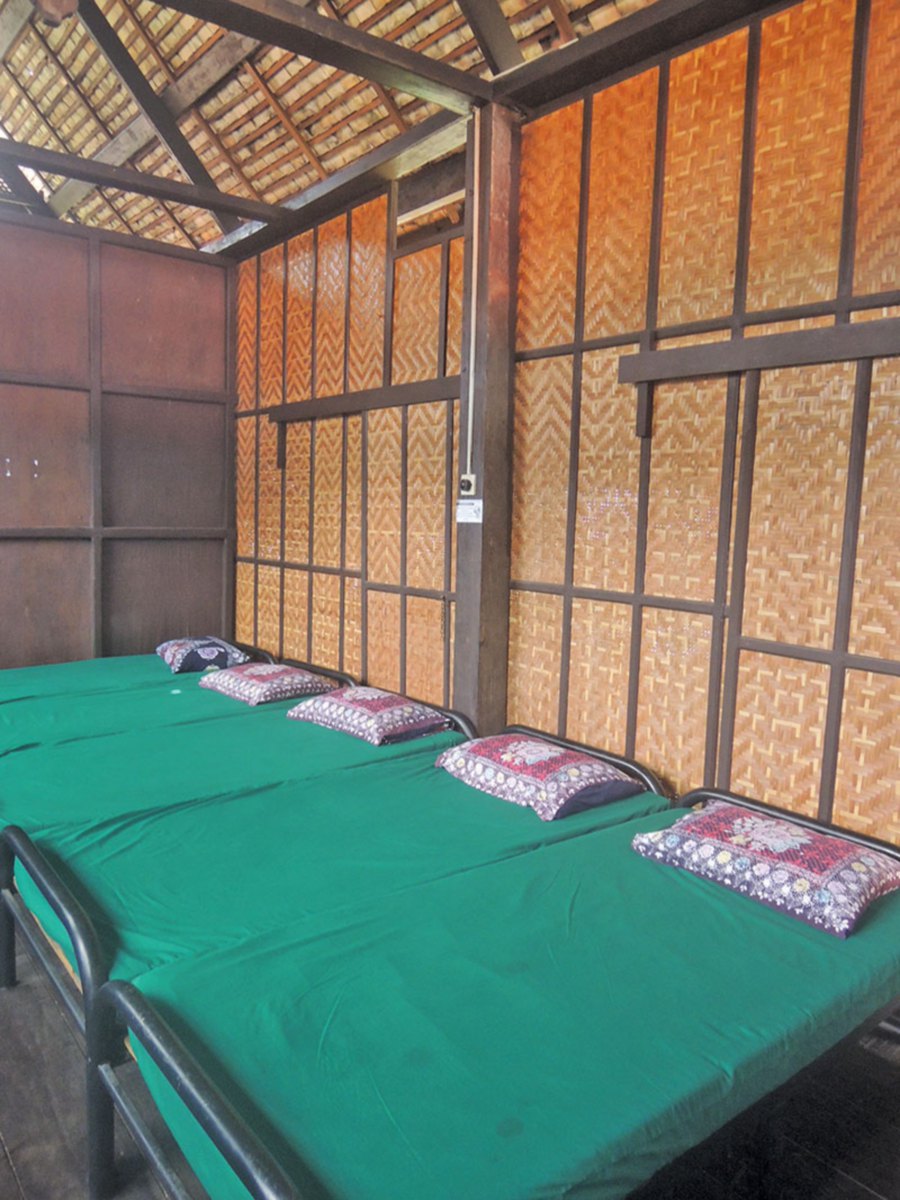
Siti, a PhD student researching archaeotourism, then asks us to look carefully at the sides of a nearby excavated pit for dark metal shards measuring less than two centimetres each. It soon becomes obvious to us that the ground around this area is littered with these iron ore remnants.
“Kedah at that time was a major iron producer and traders from all over the region arrived in droves to look for this precious metal,” says Siti proudly. However, she tells us that despite the presence of the prolific iron industry, archaeologists had failed to uncover large quantities of iron objects during their digs.
“We only found one small iron blade after scouring this entire area. It was baffling. Then, someone came up with the hypothesis that perhaps Sungai Batu only produced raw iron ingots and not ready-to-use products. Unfortunately that theory was disproved as we couldn’t find any block-shaped iron ingots. After trawling through literature related to this period extensively, it finally dawned upon us that the ingots produced in the 6th century BC didn’t look anything like the rectangular shaped ones we see today!” Siti recounts with a smile.
Acting on that hunch, archaeologists soon uncovered countless iron “ingots” of various shapes and sizes. The ancients were not particular about product shape. They were more concerned about the quality and purity of the product and Sungai Batu produced the best in this region!
Towards the end of the interesting tour, we see several interesting artefacts, including a clay brick which was imprinted with the paw mark of a small mammal. I can just picture a civet cat, after enjoying a delicious breakfast at nearby tropical trees laden with fruits, walking over the soft clay and leaving its mark there for posterity!
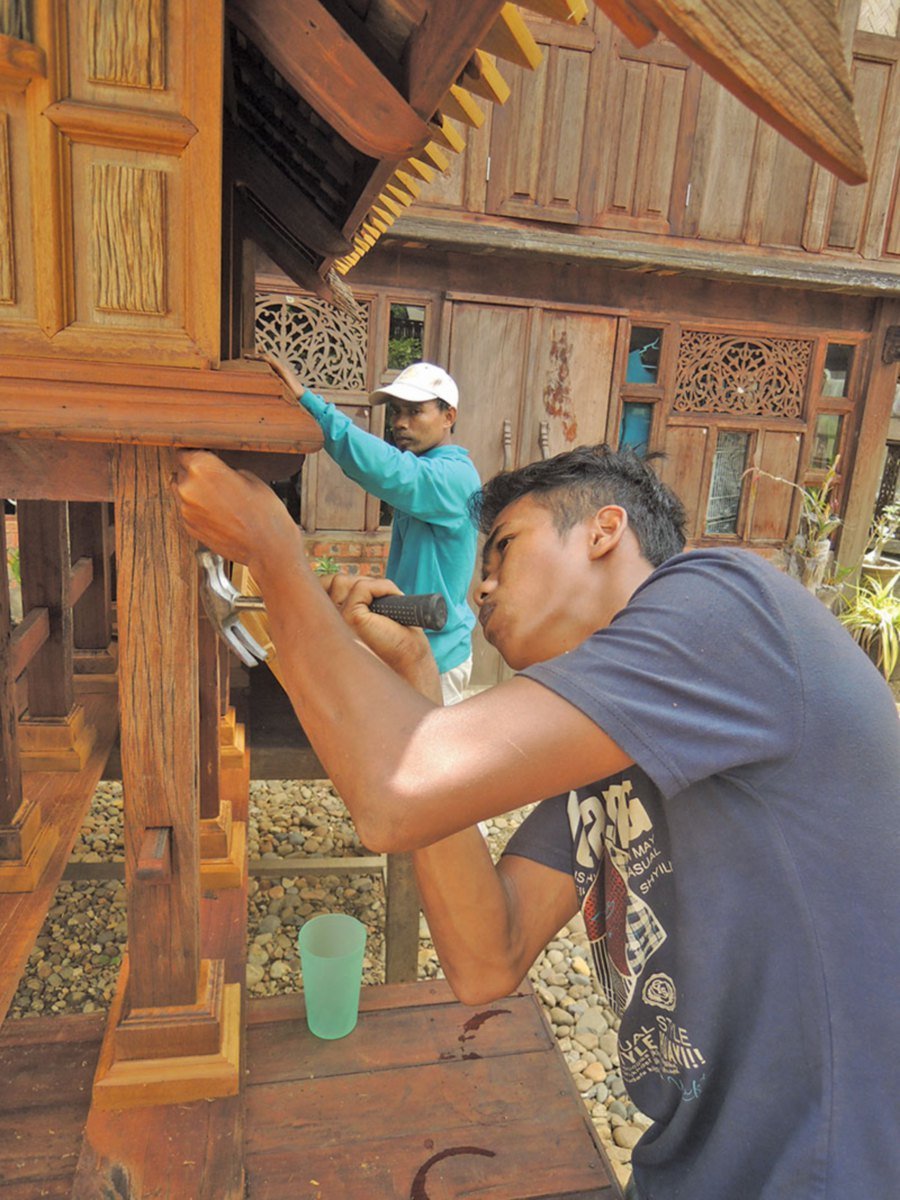
According to Siti, the bricks were made from a mixture of clay, sand, husks of padi and some organic matter. These freshly moulded bricks were first sun-dried before being placed in the kiln for baking. Nearly all the bricks excavated were very well-made indicating that the Sungai Batu workers had already mastered the method to control kiln temperature. Again, this points to a highly developed society that had lived here in the past.
A few teenagers on motorcycles arrive just as we’re about to head back. We’re told that they form part of a selected group of local villagers taking part in USM’s Knowledge Transfer Program. Specially trained by the archaeologists, these motivated volunteers will help catalogue and store the unearthed artefacts.
I take some time to talk to several of them and can immediately sense that they take pride in their work. All of them harbour hopes that one day Sungai Batu will be famous throughout the world. One of the volunteers aptly surmises: “Sungai Batu marks the birthplace of the oldest ancient civilisation in our country. We, as inheritors of their wondrous legacy, must work hard to help uncover more of its hidden secrets so that our future generations can look back and be proud of their ancient heritage.”
More stories
>>> GO: Reliving Kedah’s ancient past
>>> 37 Tempat Makan Menarik Di Alor Setar | Restoran Best Untuk Foodie
>>> Malaysia-North Korea ties symbolised by rice museum
>>> New reign for an ancient dynasty
>>> Exploring Alor Setar In Kedah, Malaysia
>>> How a 1911 cholera outbreak helped improve Msia’s health services
>>> Always Be Ahead with Maxis | Langit Collective Farms Opportunities for Communities








